Subtractive synthesizers are probably the most popular synths out there. Luckily, they’re also the easiest to use!
If you want to harness the power of these exciting instruments, you’re in the right place. This quickstart guide to subtractive synths will have you creating incredible sounds in no time.
I’m guessing you’re here because you want to make your mixes sound professional. We put together a brief training that covers a totally new approach to music production. Until now, everyone has been teaching production totally backward. Just click below to watch.Get industry-quality every time (steal this framework)
But if you just want to learn about mixing with subtractive synths specifically, keep reading.
Synth Basic (Everything You Need to Know)
This article is part of our “Synthesizer 101” series.
If anything in this article confuses you, I probably talk about it in the video above, or the article below. Check it out!
What Are Synthesizers? (The 4 Basic Building Blocks of Synths)
Subtractive Synthesizers
Subtractive synths are probably the most popular ones out there.
As the name suggests, subtractive shapes a sound by cutting frequencies out.
It’s a lot like sculpting. Starting with a huge hunk of rock, you gradually chisel away at it, revealing the sculpture within.

In subtractive synthesis, you start with a sound that already has tons of harmonics. Using filters, you cut out any frequencies you don’t want.
Since you have a rich sound to begin with, subtractive synths don’t need many oscillators to sound huge. Usually it only needs one to three oscillators to make all kinds of exciting sounds.
Here’s a list of some of the most iconic waveforms used in synths:
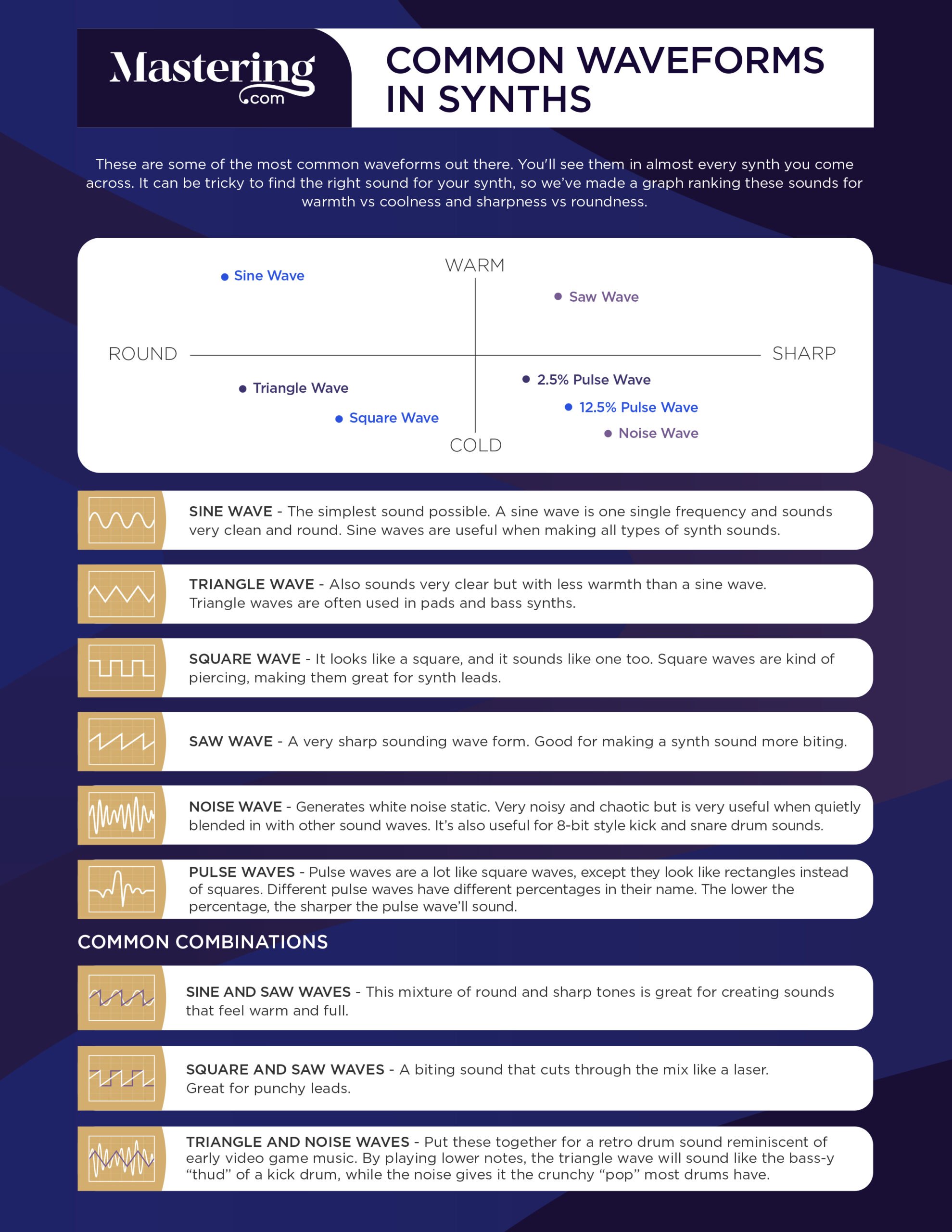
You’ll see these in just about any subtractive synth you come across.
Subtractive Synthesis in Action
If my song needs a bass synth, I can make one quickly and easily with subtractive synthesis.
First, I’ll pick out a sound wave that’s got plenty of frequencies to work with.
Logic’s RetroSynth lets me use two oscillators at once. So I’ve gone ahead and picked out two saw waves.
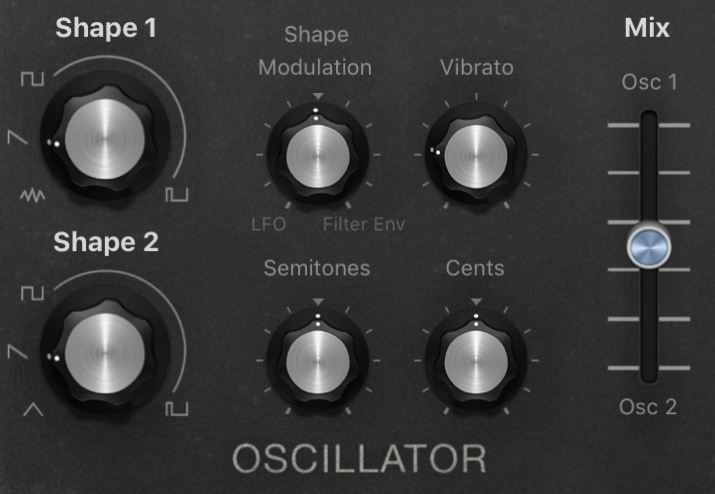
Together they sound like this:
As you can tell, there are still a lot of higher frequencies in there. If I tried to use this as a bass, it’d end up clashing with the rest of my mix.
That’s where filters come in!
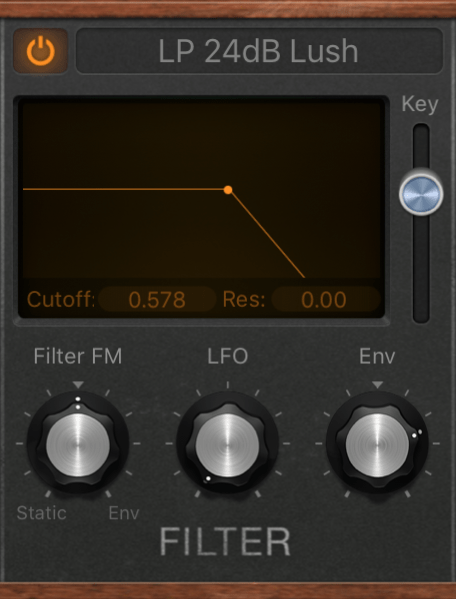
By putting a low pass filter on the synth, I can make sure it only plays lower frequencies.
Instead of calling them high pass or low pass filters, many synths shorten it to HP or LP.

The number after the letters describes how strong the filter is.
A higher number means a stronger filter. So LP 24 will cut out more frequencies than LP 12.
The cutoff determines where the filter starts cutting. So when I turn the cutoff down, I get rid of more higher frequencies.
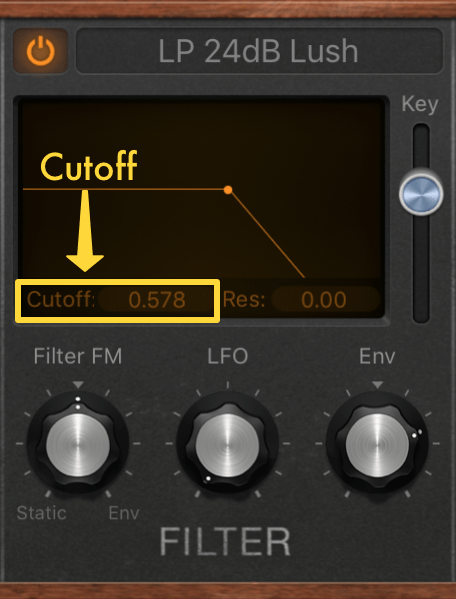
By selecting a low pass filter and turning the cutoff way down, I’ve honed in on a nice bass sound really quickly. Here’s what those two saw waves sound like now:
Much better!
I could even make a cool effect using this low pass filter. By automating the cutoff up and down, I can make the synth sound fuller during big sections of the song.

Most subtractive synths have more options than just low pass and high pass filters. Bandpass filters cut out both high and low frequencies.

Comb filters make small pockets throughout the frequency spectrum. That creates deep cuts on a bunch of isolated frequencies.
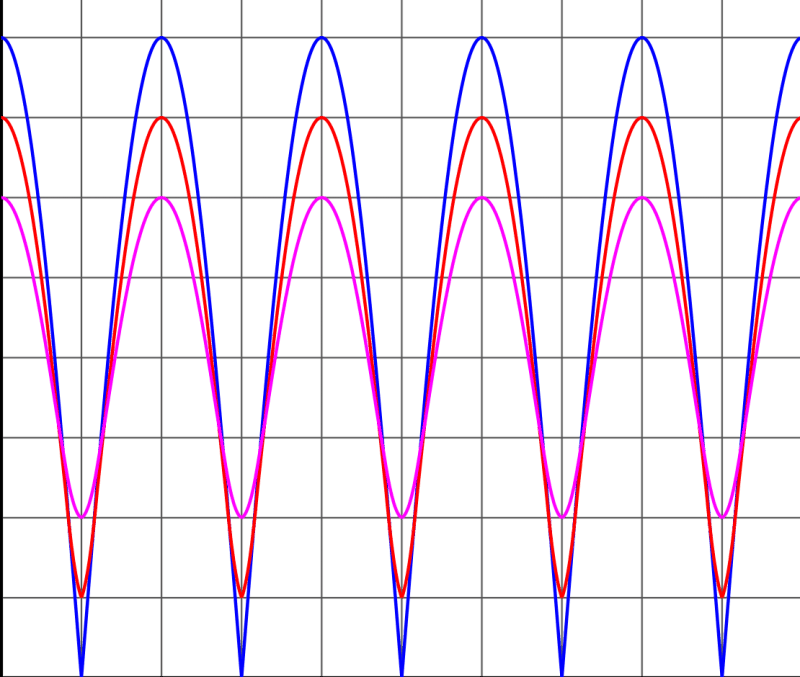
Both of these sound way different than a high pass or low pass filter. Check out the different filters on your synth of choice and see what they all sound like.
Getting Creative with Subtractive Synthesis
Nowadays, most synths aren’t just additive or subtractive.
Most synths combine ideas from either additive or subtractive with another type of synthesis.
For example, a lot of wavetable synths use subtractive synthesis.
Don’t like the mid-range of the synth you’re working with? Pop open a filter and cut some frequencies out!
There are tons of possibilities for deeper sound design.
Conclusion
And that’s how subtractive synthesis work!
Subtractive filters frequencies out of a sound that’s already complex.
As you keep working with synths, you’re definitely going to run into these instruments.
Finding yourself confused as to how either of them work? Come back to this article for a refresher on these fundamental types of synths!
If you want to dig deeper into music production and learn what it actually takes to make mixes that sound pro… And you’re an intermediate or advanced producer… Be sure to check out the free masterclass: Enjoy!Next Steps










